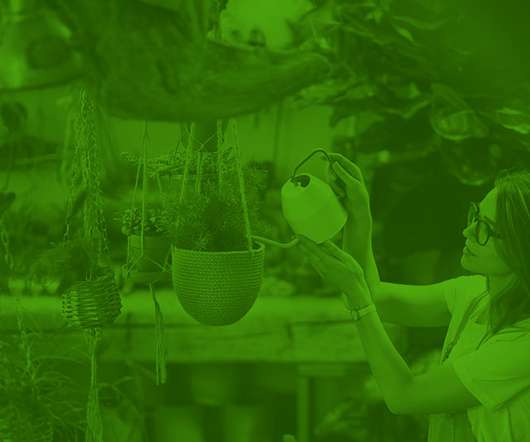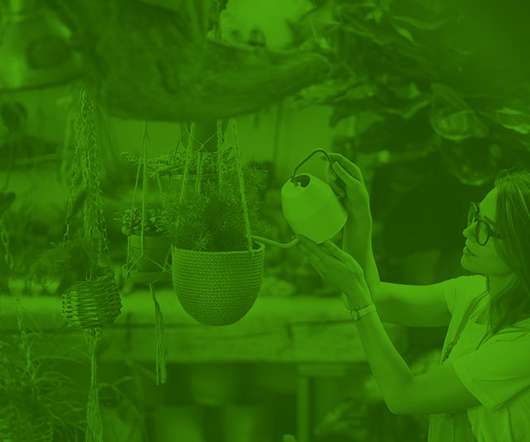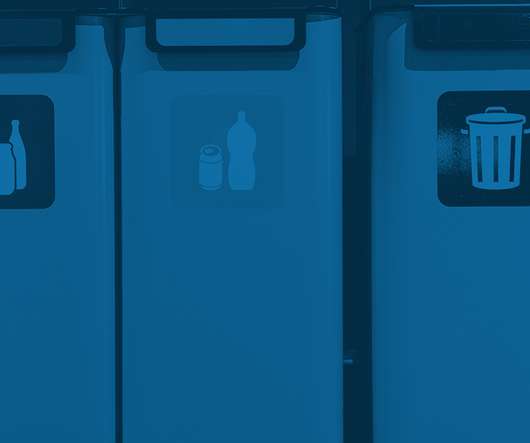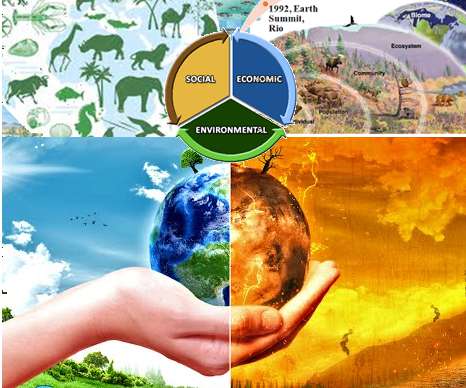5 opportunities of a circular economy
GreenBiz
MARCH 5, 2021
The circular economy concept is all about making better use of natural resources such as forests, soil, water, air, metals and minerals. Creating a circular economy for textiles means shifting to recycled and recyclable materials in order to reduce the amount of land, water and fossil fuels used to produce new clothes.





















Let's personalize your content